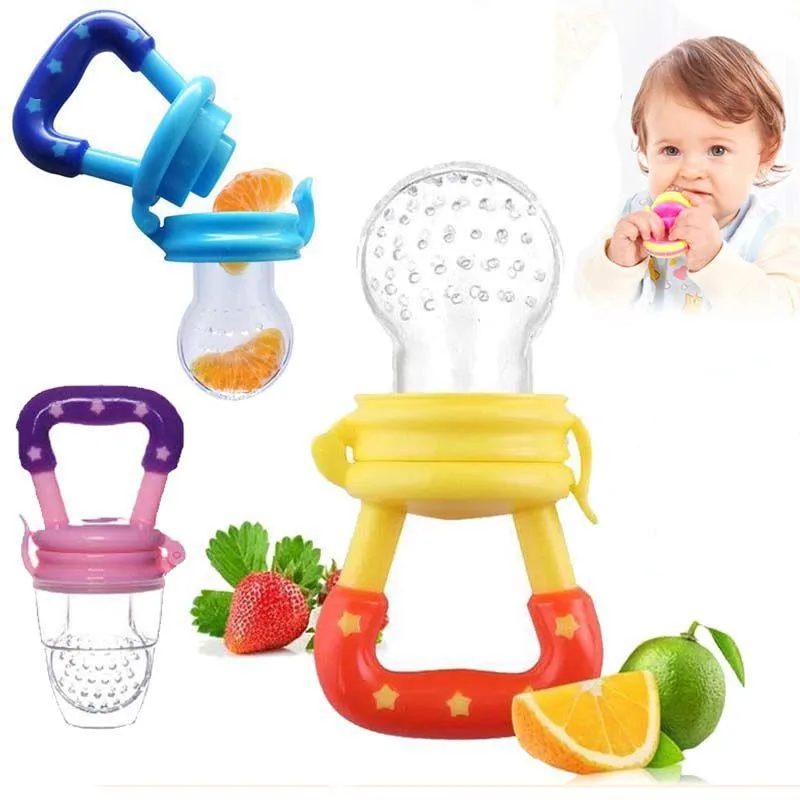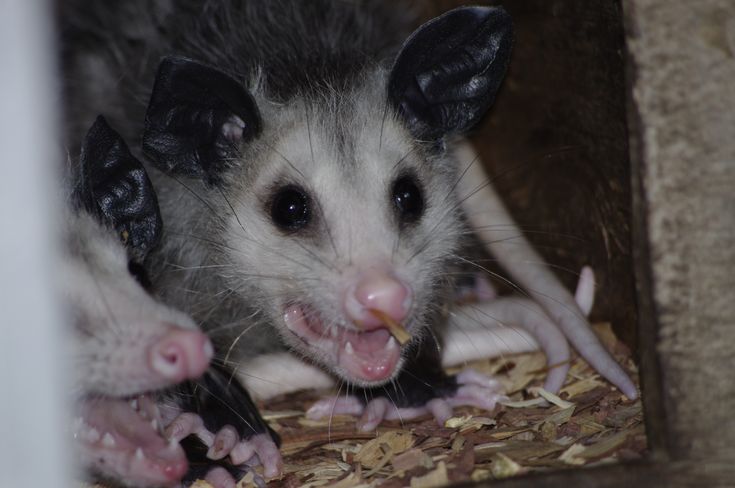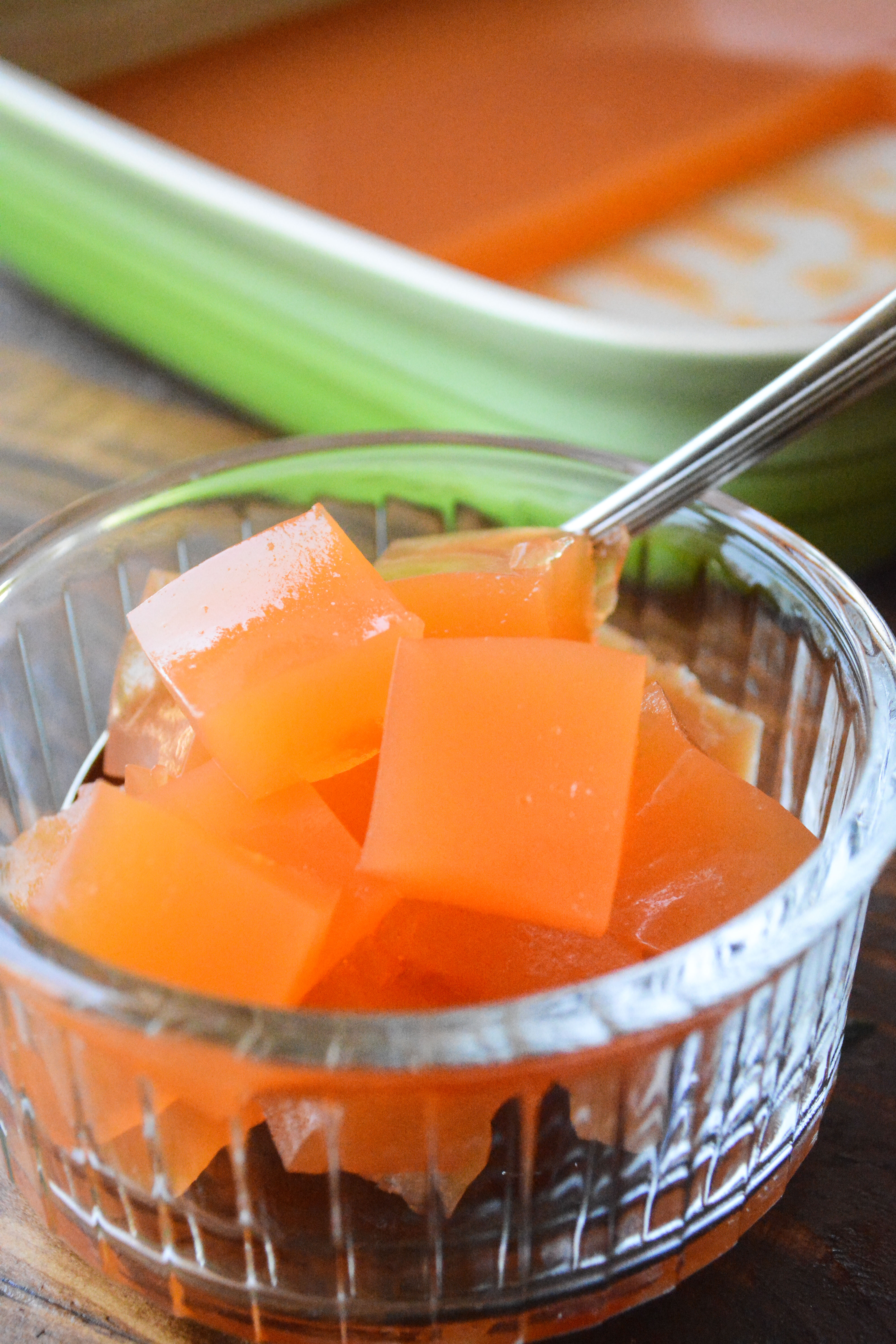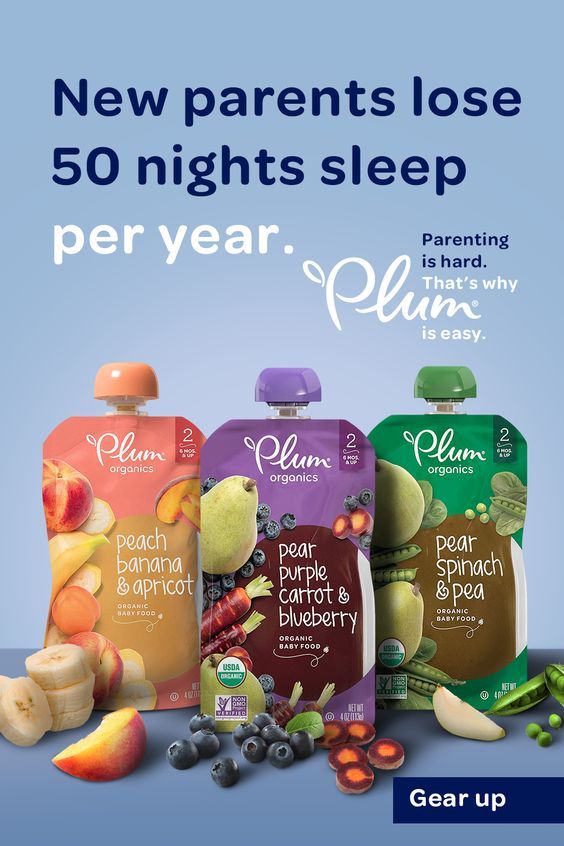Food of baby turtle
What Do Baby Turtles Eat in the Wild and As Pets?
Slow-going turtles that live in an aquarium and can be just as fun to watch as cats and dogs. Like most reptiles, they are fairly easy to maintain. They live for a long time, especially when you feed them right.
As a turtle mom or dad, you may want to make sure your baby turtle is eating the right kinds of food, or feed them a diet as similar to a wild turtle as possible. We’re going to cover what baby and adult turtles eat in the wild and also what you can feed them as pets, depending on your preferences.
What Wild Turtles Eat
Image Credit: Nature_Blossom, PixabayTurtles are found on every continent in the world except Antarctica. You will likely spot a turtle along the bank of a small pond, stream, or lake. They love damp areas with lots of rocks or spaces they can hide. This means that they like to eat things you can find in these areas.
Wild turtles eat a variety of things in nature. When they are babies, they mostly eat meat because they need the protein to keep growing. Types of protein they like to eat include small insects, snails, worms, and fish. When they get bigger, they can start eating more and more plant-like substances.
What Pet Turtles Eat
What your pet turtle needs for nutrition depends on the species and age of your turtle.
Omnivorous vs Carnivorous vs Herbivorious TurtlesThere are three kinds of turtles; carnivorous turtles are rarer and eat only meat, omnivorous turtles are more common and eat meat and vegetation, and herbivorous turtles eat only vegetation. Box turtles, Mississippi maps, and red-eared sliders are omnivorous and common pet turtle breeds. Musk turtles are carnivorous.
What Do Adult Pet Turtles Eat?
Image Credit: SeaReeds, PixabayJust like in the wild, a turtle’s diet needs to change as they age. It’s important to know how old (approximately) your turtle is so you know what to feed him.
Pet turtles that are mature and omnivorous can eat pelleted food specifically made for turtles. You can find this kind of food at most pet stores. Again, check the species to make sure you are giving your turtle the right diet.
You can find this kind of food at most pet stores. Again, check the species to make sure you are giving your turtle the right diet.
Most turtles do well on pellet food containing between 40-45% protein and 6-8% percent fat. The moisture content counts too: the higher moisture content in the food, usually the higher percentage of protein and fat inside the food. Look for “fish meal” towards the top of the ingredients list.
Turtle-specific pellets should make up at least 25% of your turtle’s diet. It’s important to get food specific for turtles as it stays intact more easily when it contacts water, and it also floats.
The rest of your turtle’s diet should be 25% from a protein source, like a comet goldfish, which also provides essential nutrients like calcium and phosphorus.
The final 50% can be made up of fruits and vegetables. Vegetables should be rich with colors, such as dark, leafy greens, shredded squash, and carrots. You could also opt to feed your turtle aquatic plants like duckweed.
Occasionally you can offer meat, but this is not always beneficial. Turtles benefit most from the nutrient livers of feeder fish, and won’t get much of what they need from the kind of meat we normally eat.
Herbivorous turtles, like land turtles or tortoises, can be fed only fruits and vegetables. Aim for 20% fruits and 80% vegetables total.
Related Read: 10 Best Turtle Foods – Reviews & Top Picks
What Baby Pet Turtles Eat
Image Credit: Dring177, ShutterstockBaby turtles in the wild eat from different food sources sometimes because they are growing. In general, you should feed a baby turtle a little more protein than you would an adult turtle. You can replace some fruits and veggies with a little more pellets and feeder fish if your turtle is still growing.
Pellets are a great option here, but you could opt to feed him live food instead. Baby turtles can eat the same kinds of proteins adults can: earthworms, snails, slugs, grasshoppers, beetles, and crayfish. Ask your local pet store if they have live food for reptiles, and this is where you can buy it.
Ask your local pet store if they have live food for reptiles, and this is where you can buy it.
One thing you might want to consider adding to your pet baby turtle’s diet is a gel capsule supplement. You can find these at most pet stores. Just make sure the label indicates that it’s for your specific breed of turtle.
Ultimately, you want to make sure what you feed your baby turtle has variety. That way, you know he is getting all the nutrients and vitamins he needs.
Is It Okay to Keep a Wild Turtle?
Generally, no. For one, turtles in nature are wild animals. They are not used to human interaction, and will therefore not make very good pets. Wild turtles could carry diseases that captive-bred turtles don’t have (though both can carry some, which is why you should always wash your hands after handling). Lastly, some states ban captivating wild turtles. It’s frowned upon by conservationists, as well. These are all the reasons it’s not a good idea to keep a wild turtle.
- Here’s another interesting read about turtles: 17 Turtles Found in Illinois
Baby Turtle Care Tips
Image Credit: PixabayFeed them in a separate aquarium to keep your main habitat clean. Alternatively, you can sprinkle pellet food on top of their water. Whatever you feed them, make sure it’s shredded into small pieces to make it the easiest to eat.
Turtles eat every day when they are young. Once they are about 7 years old, you can feed them once every 2 days. They can be fed 1 cup of turtle food per day, or whatever amount they can eat in around 20 minutes.
Never feed your turtle cat or dog food, as the protein content is too high and could harm your turtle.
- Here’s another topic of interest: Can Turtles Eat Chicken? What You Need to Know!
Conclusion
Baby turtle’s diet needs differ slightly from adult turtles, just like in the wild. They require a little more protein and rely more on essential nutrients than full-grown adults, and that’s about the only difference. When it comes to feeding a baby turtle a pellet diet or live food, the choice is up to you.
When it comes to feeding a baby turtle a pellet diet or live food, the choice is up to you.
Looking for more information on turtles? Take a look at:
- How To Take Care Of A Turtle Egg: A Beginner’s Guide (with Pictures)
- Do Turtles Need a Heat Lamp at Night? Lighting Guide For Your Pet Turtle
- How Many Babies Do Turtles Have? How Many Eggs Do They Lay?
Featured Image Credit: Hoth Cook, Shutterstocks
What Should Baby Turtles Eat? BEST Baby Turtles Food In 2023
What do baby turtles eat?
Usually, each baby turtle’s diet is similar, if not identical, to that of the adult species.
The main potential differences are that higher amounts of animal protein and calcium are often required for omnivorous species. This supports their rapid growth, healthy bones, and tough shell.
All turtle foods usually need to be cut into much smaller pieces to encourage a healthy appetite and digestion. Each species has its own particular needs of course, so let’s explore them!
Each species has its own particular needs of course, so let’s explore them!
What To Feed Baby Turtles
We’ll be taking a look at the diet of 4 popular baby turtle species:
- Red Eared Sliders
- Box Turtles
- Painted Turtles
- Snapping Turtles
1. What Do Baby Red-Eared Sliders Eat?
Red-eared sliders are probably the most popular aquatic turtles kept as pets.
It is easy to understand seeing how adorable they are as hatchlings!
In their natural environment, red-eared sliders are opportunistic omnivores. They eat a large variety of vegetation, small fish, and insects.
It’s best to provide as much variety as possible in your baby turtles’ diet. This will ensure that they will be accepting of a healthy assortment of foods throughout their lives.
This will ensure that they will be accepting of a healthy assortment of foods throughout their lives.
Another important and more practical aspect of their popularity as pets is just how well they do on a majority-commercial diet.
A balanced, commercially available turtle pellet (such as this one) is an optimum staple of the turtles’ diet, even as a hatchling.
These pellets have a very long shelf life, making them extremely convenient, they’re readily accepted and are a well-balanced combination of proteins, vitamins, and minerals.
Live crickets or mealworms provide a nutritious, and much appreciated treat whenever convenient, as well as environmental enrichment.
Keeping some small feeder fish in the baby turtle’s tank is a great way to provide consistently available enrichment and exercise, and are a much-appreciated snack.
The best leafy vegetables for a baby red-eared slider include:
- green leaf lettuce
- red leaf lettuce
- dandelion leaves
- aquatic turtle plants
But it is best to avoid leaves such as kale, cabbage, and spinach.
2. What Do Baby Box Turtles Eat?
Box turtles are also an extremely popular small turtle breed.
Their mostly land-based life, and easy-to-maintain diet, make them probably the most easily species of turtle to keep.
Like most turtles, box turtles are omnivores. The baby box turtle’s diet should be about half animal protein and 25% fruits and 25% greens.
When babies, a diet that’s comprised of as many live foods as possible is ideal.
Earthworms, nightcrawlers, crickets, and super worms are perfect.
Many box turtle enthusiasts swear by the moist zoo-med box turtle diet specifically, which is available on Amazon.
This product is readily accepted by most box turtles, stimulates appetite, and provides most nutritional needs, including plenty of vitally important vitamins and minerals.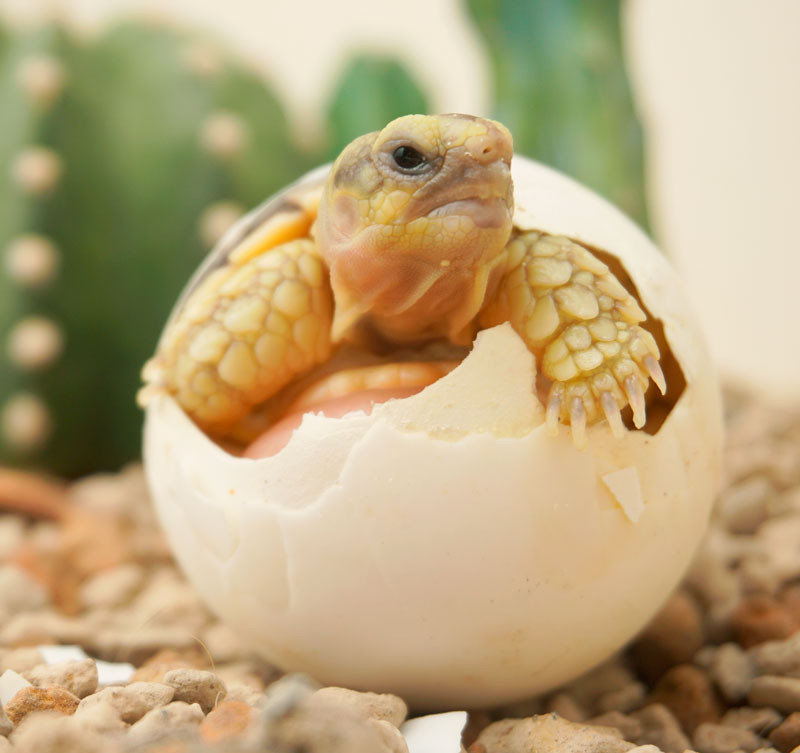
Supplement any commercial diet with plenty of fruits, vegetables, and greens:
- apples & berries
- dandelion greens & lettuce
- peas & green beans
- collard greens
Dried fruit mixes are readily available whenever fresh fruits are inconvenient. Offer a variety and see which foods your turtle likes best!
Box turtles appreciate privacy when eating.
A great way to promote their appetite is placing a shallow feed bowl in a secluded area of their tank using rocks. Then surround it with fake plants suctioned to the glass. Real foliage can even be used and can double as a snack (as long as it’s safe to eat!).
Whenever a baby box turtle seems to be eating less than is healthy, make sure to add food in the late morning or early afternoon when they’ve had a bit of time to warm up and forage about.
Cut all foods into smaller pieces, then add a bit more seclusion to their feeding area.
Eating takes focus away from potential predation so privacy can provide seclusion and decrease any anxieties that your baby may have, particularly while adjusting to a new environment.
3. What Do Baby Painted Turtles Eat?
Painted turtles eat a lot of aquatic life in the wild, and their diet consists mostly of scavenged carrion, small fish, tadpoles, and worms.
Commercial diets should only comprise about a quarter of the painted turtle’s diet, making them a little more high maintenance than other species.
These purchased foods can only be fed in the water since painted turtles require gulps of water to swallow and digest their food.
Baby-painted turtles, specifically, are exclusively carnivorous.
Live food is an absolute necessity and should be the majority of their diet, but a commercial pellet or food mix is an acceptable replacement for some protein.
Freeze-dried brine shrimp is also a good alternative to live food, but hatching brine shrimp from eggs available on Amazon is quite simple and will be much appreciated by your baby-painted turtle.
Small guppies or feeder fish should be kept along with your pet baby turtle as a major part of their diet; these will stimulate sufficient exercise and keep your baby turtle mentally occupied.
A happy turtle is a healthy turtle!
As your turtle gets larger, greens like spinach or romaine should slowly be added over time.
4. What Do Baby Snapping Turtles Eat?
In short, snapping turtles will eat anything!
As babies, it’s important to provide a varied diet and ensure that enough calcium is available.
Snapping turtles are one of the largest freshwater turtle varieties and can live almost as long as humans.
So while that tiny baby may be adorable, it’s important to know what a huge commitment a snapping turtle really is when taking one into your home.
Keep an ongoing supply of feeder fish in the water with your baby snapping turtle at all times.
Unlike many baby turtles, size is not a critical issue. As long as the fish is small enough to get its mouth around, the baby snapping turtle will happily eat it.
Mealworms and frozen bloodworms or shrimp are also readily available.
Commercial foods are happily eaten by baby snapping turtles as well, freeze-dried mixes are affordable, easy to store, and quite healthy.
Lightly cooked meats like chicken, pork or ground beef can be offered every few days. Greens should also be offered a few times a week and are excellent for healthy digestion and to supplement calcium intake.
What Do Baby Turtles Eat?
Whatever type of baby turtle you’ve chosen, a healthy diet is important.
One that’s appropriate for their species as a hatchling is vital to their growth and health.
So in order to have a happy, long-lived pet turtle, feed them well from the start.
Make sure you have a good turtle tank filter to clean away any uneaten food and ensure they have successful shell sheds.
|
What to feed tortoises at home, what not to feed
Most species of tortoises eat plant foods. Therefore, if such a turtle is kept at home, then you need to be very careful about its diet. People who faced a debilitating problem began to keep special food journals for their pets:
- daily;
- weekly;
- monthly.
As a rule, the menu is prepared in advance, with planning for each day. This takes into account all the necessary vitamin supplements, in the form of calcium and various amino acids. If you purchased a turtle, and you don’t know how to feed it, then for a start you should at least make a preliminary planning of its diet. In the process of feeding, it will become clear how to adjust her nutrition. In order not to take risks, it is better to seek information from a specialist or “dig” on the Internet, where there is a lot of useful information.
It is very important that nutrition is optimal and balanced. The turtle should not be overfed, but should not be allowed to starve. Her diet should include foods rich in essential vitamins and minerals in order to ensure normal development and growth for the pet.
If the turtle eats a lot of different foods, this can negatively affect the health and longevity of the pet. As a result of overeating, the turtle can develop diseases of the liver and gastrointestinal tract.
With insufficient food, the turtle will not receive the required amount of nutrients, which can lead to developmental defects.
Although tortoises eat mostly plant foods, care should be taken to ensure that the tortoise also consumes animal foods. It can be no more than 5% of the total diet, but this is quite enough for its normal development.
Those who do not know how to feed this animal can purchase special artificial supplements with vitamins, proteins and other trace elements. How many such additives are required to the main diet is indicated on the package.
How many such additives are required to the main diet is indicated on the package.
A complete list of allowed plants and vegetables can be found here.
Contents
- 1 Turtle diet
- 2 Should turtles be fed
- 3 What do turtles eat in their natural habitat?
- 4 What should not be fed to tortoises?
- 5 Turtle diet in winter and summer
- 6 In addition
Turtle diet
- Greens - 75%;
- Fruits, berries and vegetables - 15%;
- Complex dishes in the form of various cereals - 5%;
- Vitamin supplements - 5%.
In formulating her diet, one must take into account the fact that certain substances, such as vitamin D 3 , can adversely affect her health. You should carefully study the list of substances prohibited for land turtles.
It should be remembered that in animals that enter captivity, there is a shift in her behavior. With a lack of nutrients, she will begin to eat everything, including the earth in the terrarium. To prevent this from happening, you should take great responsibility in organizing the nutrition of your pet. With proper and balanced nutrition, the turtle will delight others for many years.
Therefore, before you start feeding an animal, you should draw up an approximate diet:
- As mentioned above, the basis of the diet is greens, in the form of lettuce and dandelion leaves, plantain and alfalfa, thistle and sorrel, lawn grass, as well as leaves and stems of legumes (peas or beans). In addition to this greenery, turtles are happy to eat inflorescences of various plants. The main component must always be in the feeder, and the reptile will decide how much to eat.
- Vegetables are in second place.
 Turtles love to feast on pumpkin, fresh carrots, ripe zucchini, young beets and radishes. Once a month, the turtle can be given a cucumber or horseradish.
Turtles love to feast on pumpkin, fresh carrots, ripe zucchini, young beets and radishes. Once a month, the turtle can be given a cucumber or horseradish. - Apples and pears must be included in the list of berries and fruits . From time to time, apricots, plums, raspberries, strawberries, and watermelon can be included in the diet, but in small quantities.
Is it necessary to water the turtle
As a rule, tortoises get the main dose of moisture from vegetables, fruits and greens. Most experts say that it is enough to provide the turtle with a bath of water once a week and it will not suffer from a lack of moisture. The fact is that turtles are able to replenish the lack of water through the skin. If a turtle swims in a bowl of water for 10 minutes, then this is quite enough for her.
There are cases when, after acquiring a turtle, this small animal still suffers from a lack of moisture. In such cases, for some time you should provide the turtle with daily baths with water. Water should be poured up to half of the body so that the head peeks out of the water. To this end, at first, you can install a drinker with clean water so that the turtle can drink at any time.
Water should be poured up to half of the body so that the head peeks out of the water. To this end, at first, you can install a drinker with clean water so that the turtle can drink at any time.
What do turtles eat in their natural habitat?
The diet of tortoises consists of plant foods. Being in natural conditions, the turtle consumes all the necessary nutrients that ensure its normal development. At the same time, the turtle always feels which microelements it lacks at one stage or another of its life path, and it does an excellent job of this task, finding the food that it needs.
A turtle can be in a state of searching for scarce food for a long time without harming its health. You can learn a lot of interesting things about these amazing animals by reading the relevant information on the Internet.
What should not be fed to tortoises?
Unfortunately, the list of prohibited products is very extensive and should be read. This list includes cockroaches, crickets, eggshells, potatoes, garlic or onions, various meat products (including sausage and minced meat), bread, milk, various cereals (except for rolled oats), citrus peels, cherries, seeds from any berries . These foods can cause liver disease, which will significantly reduce its life expectancy. Therefore, when starting to draw up her diet, one should take into account the harmful effects of the above products on the turtle's liver and not include them in the diet.
A complete list of prohibited products can be found here.
Turtle nutrition in winter and summer
Despite the fact that the animal is in captivity, it can feel the approach of cold weather, which contributes to a change in taste preferences. In the summer, the turtle eats more juicy foods, then with the advent of a colder season, it prefers soaked hay and less juicy vegetables. In any case, you need to monitor the behavior of the turtle, as well as the fact that it consumes more from food.
In addition to
Being in captivity, the turtle tries to follow its natural instincts and may hibernate. Naturally, this can be facilitated by certain conditions of detention associated with a decrease in ambient temperature within the zone of keeping the animal.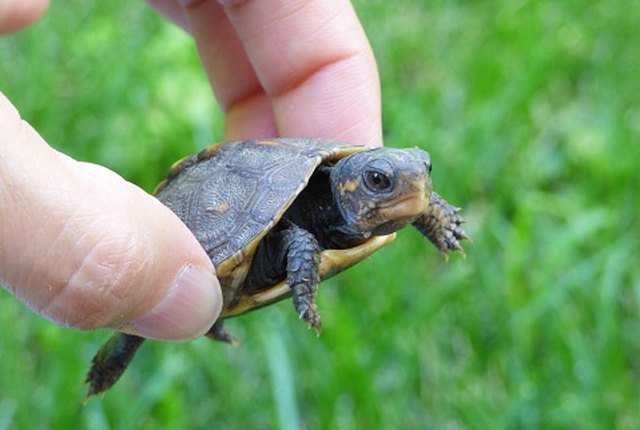 It can be not only winter, but also summer hibernation. In nature, turtles hibernate for two main reasons - this is a cold snap or lack of the required amount of food. To prevent this from happening, you should maintain the temperature at an appropriate level, as well as provide the pet with a variety of foods. It should always be remembered that even a turtle must sleep under certain conditions, which is extremely difficult to provide for her at home.
It can be not only winter, but also summer hibernation. In nature, turtles hibernate for two main reasons - this is a cold snap or lack of the required amount of food. To prevent this from happening, you should maintain the temperature at an appropriate level, as well as provide the pet with a variety of foods. It should always be remembered that even a turtle must sleep under certain conditions, which is extremely difficult to provide for her at home.
In order not to risk the health of a small pet, you need to provide it with the appropriate mode, which is on the border of the maximum level. Under such conditions, the turtle is unlikely to think about its hibernation, especially if it has all the necessary products.
It is very important that the heating is similar to the warmth that the turtle felt when it was under the rays of the sun. After all, in the sun, the turtle not only warms itself, but also receives a dose of UV radiation, which helps to better absorb calcium in the body . Without calcium, the turtle will not be able to fully develop and this should always be remembered. Therefore, the presence of a UV lamp is mandatory, as is its inclusion for several hours throughout the day.
Without calcium, the turtle will not be able to fully develop and this should always be remembered. Therefore, the presence of a UV lamp is mandatory, as is its inclusion for several hours throughout the day.
From this we can conclude that the future of a small pet depends entirely on who cares for him. You should not think that the animal will grow up on its own, without proper care. Unfortunately, this is not so, considering what dangers lie in wait for a small turtle, if you do not pay due attention to its content.
Loading...
Red-eared tortoise: maintenance and care at home
This type of turtle is classified as a freshwater reptile. Its main feature is longish red-orange spots that are located just behind the eyes. Despite the fact that they do not have ears, they hear perfectly. Since the shield on their belly is colored bright yellow, they are also often referred to as yellow-bellies. The females of these animals are usually much larger than the males. Puberty of these animals occurs at 4 years.
Since the shield on their belly is colored bright yellow, they are also often referred to as yellow-bellies. The females of these animals are usually much larger than the males. Puberty of these animals occurs at 4 years.
Red-eared slider conditions
To keep such a reptile, you will definitely need an aquarium or terrarium, with a volume of 150-200 liters. Make sure the turtle has enough water to move freely. Ideally, the more swimming space she gets, the better.
In addition, artificial land must be created for it, on which the reptile can get out to warm itself. The island must have a sloping rise, stability, as well as the absence of burrs and sharp corners.
The island should occupy at least ¼ of the surface of the terrarium and meet certain requirements.
- Heating . The temperature on it must be set at least 10 ° C higher than in water. Too high a temperature also does not need to be set, as the reptile can overheat.

- Flooding . On an island, at least one side must be in the water.
- Safety . The reptile should move freely and not get stuck between the island and the glass.
- No toxicity . No toxic substances should be released from it.
- Stability . The land must stand very securely, since this type of turtle is very strong and can easily turn it over.
- Textured surface .
What do I need to buy to keep a turtle?
The most necessary things:
- 200 liter turtle tank.
- Aquarium water heater 100W.
- Aquarium filter (can be internal, but external is better).
- UV lamp for aquatic turtles with UVB 10%.
- Heating lamp.
- Aquarium lamp.
- Thermometer.
- Land, coast, island.
Red-eared turtle feeding
Omnivorous, feeding on a wide variety of food. Variety is important as it keeps the turtle healthy.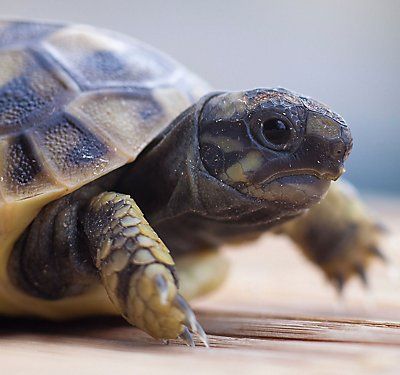 You can feed: food for turtles, food for aquarium fish, vegetables, aquarium plants, insects, fish, invertebrates. In addition to variety, it is important to give a balanced diet high in calcium. Like all wild animals that live at home, there is a tendency to overeat.
You can feed: food for turtles, food for aquarium fish, vegetables, aquarium plants, insects, fish, invertebrates. In addition to variety, it is important to give a balanced diet high in calcium. Like all wild animals that live at home, there is a tendency to overeat.
The composition of specialized feeds is selected in such a way as to give turtles all the necessary substances. The high protein content of commercial feeds allows them to be fed in small portions.
To make the feeding more balanced, add calcium and vegetable foods and your turtle will be quite happy. Please note that calcium supplements are most often already included in commercial feeds, read the labels on the packaging.
Red-eared turtles need water to swallow because they do not produce saliva. They may take food on land, but will drag it into the water to eat. You can use this to your advantage and feed them in a separate container, so the water in the aquarium will remain clean for a longer time.
Tetra, Fiori, Sera food is perfect.
As for hibernation, which the reptile can fall into during the winter period, it is desirable to avoid it. The thing is that if you are new to keeping this type of turtle, then you may simply not have enough experience in caring for it in this period. Therefore, it is not necessary to stimulate hibernation in this reptile! Firstly, unfavorable conditions can be created for it for this period, and secondly, weakened animals may simply not survive it. To keep it from hibernating, keep the temperature at a level of at least 25 ° C, and the reptile will not even remember the long winter sleep.
Turtles that hibernate under natural conditions tend to burrow into plants or silt at the bottom of a reservoir that has a shallow depth and large dimensions. During this period, reptiles remain at the bottom all the time, oxygen is absorbed by them through membranes located in their mouth, pharynx and cloaca. In addition, the depth of the reservoir, the temperature regime and the level of oxygen in it are of great importance.
Baby care
Most turtles that appear in a home aquarium are still babies. They are still very tender and it is important to make sure they eat well and are comfortable. Cubs have a high mortality rate, are susceptible to disease, and can die for no apparent reason.
If you notice something on your turtle's plastron, it could be the yolk sac. Newly hatched turtles consume nutrients from it and should not be removed or touched. They may refuse food during the first time, and begin to eat after the yolk sac is completely resolved.
Try not to hold small turtles in your arms. Of course, they are beautiful and elegant, but at the same time they can get scared, get stressed and get sick. Do not stand over the aquarium and do not knock on the glass, let them get used to it for a few days, start eating. It is very important that the temperature of water and air (land) be stable.
It is impossible to put an aquarium with a red-eared turtle in direct sunlight or in a draft.


